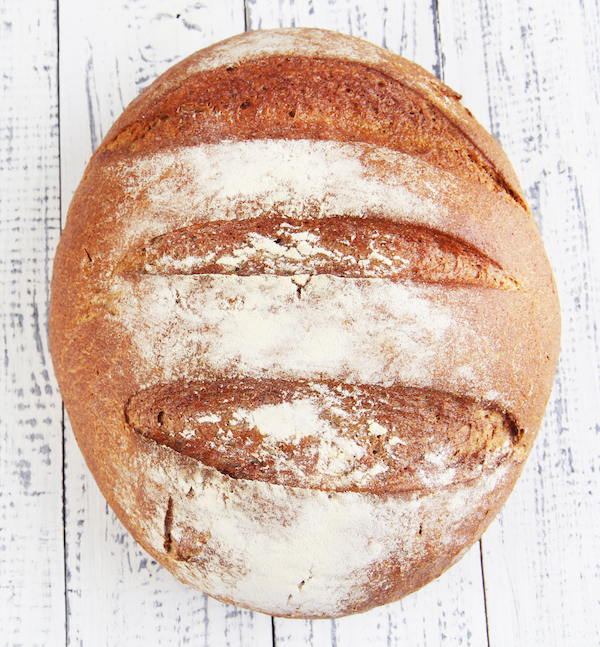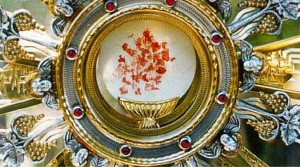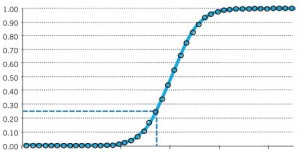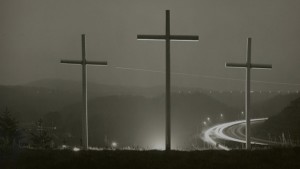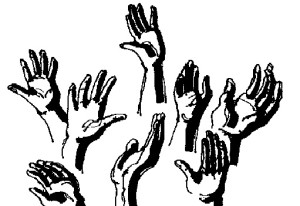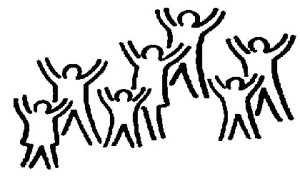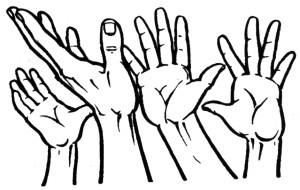
We continue this week with our analysis of the works of Ignatius of Antioch (d. 107 AD). Last week, we assessed the methodology of a typical Roman Catholic apologist who claims to have been “red pilled” into the truth by his writings. Mr. Joshua T. Charles, former White House speech writer, former Protestant and now apologist, reminds his Twitter followers repeatedly that he has read “tens of thousands of pages” of the Early Church Fathers and was surprised to find Roman Catholicism “absolutely everywhere.” As we showed last week, however, Mr. Charles is either highly selective in his reading or highly selective in his use of data—either rejecting that which contradicts his preconceptions, or reinterpreting contrary data as if it supported his position, and in many cases naïvely receptive of data known to be spurious, redacted and fraudulent.
As we noted last week, Mr. Charles claimed that he was surprised to find “profoundly [Roman] Catholic doctrine” in Ignatius’ letters, “point by point.” Of the ten “points” he identified, we will address two today:
1. The Real Presence of Christ in the Eucharist;
3. Christian worship = the sacrifice of the Eucharist;
 Follow
Follow



